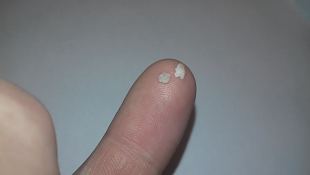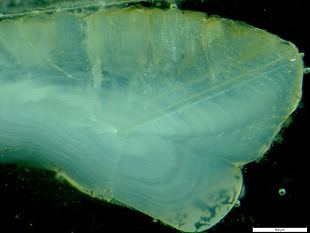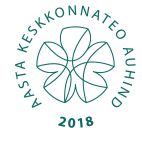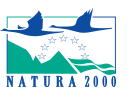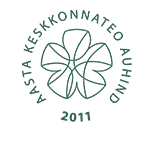|
We have used the most up-to-date methods for studying asp migration and habitat preferences in Emajõgi and Laeva river systems - biotelemetry and novel state of the art method - otholith micro-chemistry fingerprint method.
Biotelemetry enables researchers to study the behaviour and migration patterns of birds, fishes and and animals over months and years and across vast distances. There are different telemetry methods available: acoustic, radio, archival, satellite and dual mode telemetry. We have used acoustic telemetry in our fish migration and behaviour studies since 2009. Asp deserves to be studied by a high-tech method because he is a species of special interest. Asp is: | ||
Otolith microchemical analysis is a technique used in fisheries management and fisheries biology to delineate stocks and characterize movements, and natal origin of fish. The concentrations of elements and isotopes in otoliths are compared to those in the water in which the fish inhabits in order to identify where it has been. The main objective of the pilot study of the microchemical fingerprint of the otoliths of the River Emajõgi system was to determine whether the chemical fingerprint of the young asps originated from the Haaslava fish farm can be distinguished from the fingerprint of natural asps otoliths. To reveal the history of otoliths growth, the otoliths were grinded to the core (frontal cross section) and then taped to one of the slides. Microchemical analyses were carried out in two mass spectrometry laboratories. Analysis of trace elements were performed in the geology department of the University of Tartu using laser ablation with inductive-coupled plasma mass spectrometer (LA-ICPMS). Strontsium isotopes were analysed in the Vegacenter subdivision of the Swedish Natural History Museum using a multi-collector inductive plasma mass spectrometer (MC-LA-ICPMS). Based on the material collected and analysed in this work, it can be concluded that, as a general rule, the chemical fingerprint of the otoliths of the asps from the Haaslava fish farm, is different from the chemical fingerprint of the naturally hatched fish. An analyses of otoliths of large (43-83 cm) asps, cought in the wild showd that 16% of fish were of Haaslava fis farm oigin. This result proves that the introduction of young Fish, carried out Under the LIFE Happyfish and Happyriver projects will actually help to increase and improve the abundance of this protected species in the wild. From the juvenile asps, cought in the restored River Laeva 27% originated from Haaslava fish farm. Strengthening the population of fish by inhabiting works has been a historically common method. The fact that there is no knowledge of the positive effect of the work is often highlighted as a negative aspect. This innovative work came out of historical frames, using entirely natural markers of water chemistry and it was possible to reconstruct a picture of one of the most important stages of life of the fish – the time and the place of hatching. The appropiateness of the methodology with the water system under investigation has been confirmed and deserves further development. |
| ||||
WILDLIFE ESTONIA
NGO Wildlife Estonia is established in 2000. Our aim is to protect rivers and other aquatic habitats. We care about the nature, biodiversity and fish in particular.
HABITATS
Springs, rivers and lakes are our common treasure. The more natural status they have the more precious they are.
COMPETENCE
Successful application and implementation of river restoration and fish population status improvement projects. Scientific ichthyology studies with traditional and modern bio-telemetric methods.
Disclaimer on LIFE projects.
LIFE projects are co-financed by the European Union LIFE program. Views and opinions expressed are however those of the author(s) only and do not necessarily reflect those of the European Union. The European Union can not be held responsible for them.
CONTACTS
Eesti Loodushoiu Keskus, registration 80124928,
Address: Veski 4, 51005 Tartu, ESTONIA
Send e-mail:
Contact phone (+372) 51 76886

